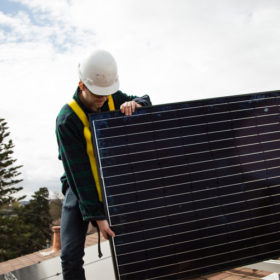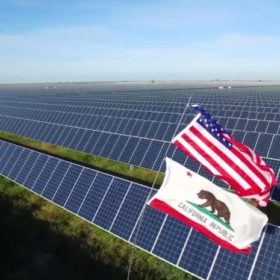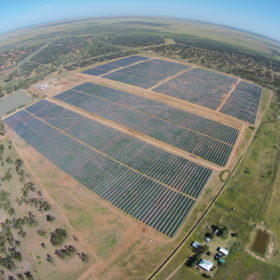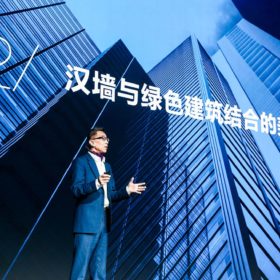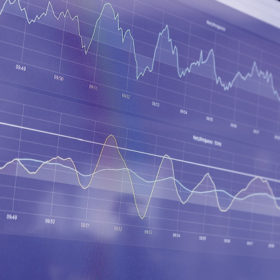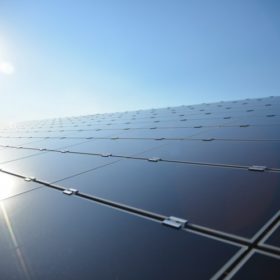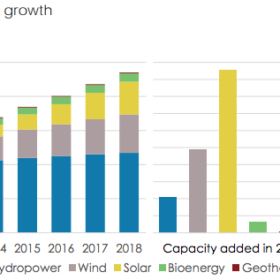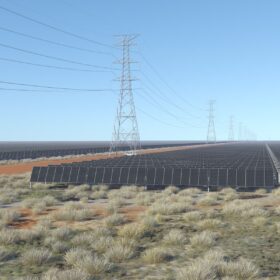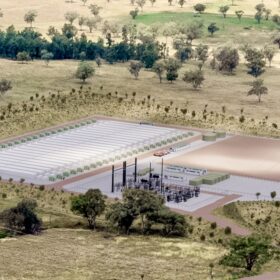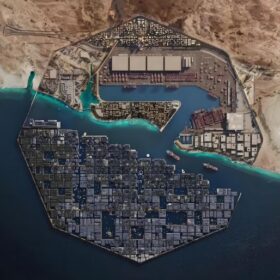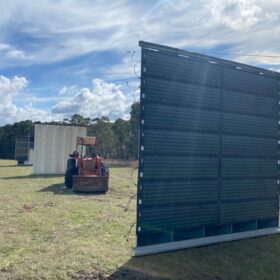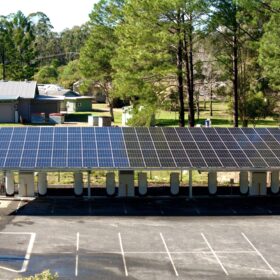Renewable energy jobs surge thanks to solar PV
Rooftop solar remained the biggest employer in the Australian renewable energy sector last financial year, but it was large-scale solar PV that stole the limelight as it emerged as the second largest contributor of direct full-time jobs.
Australia and India helped make up for Chinese solar retreat last year
The world had more than half a terawatt of PV generation capacity at the end of last year as emerging solar markets picked up the slack caused by Beijing’s subsidy about-turn to the tune of a 20% rise in installations outside China.
California’s solar power record setting season arrives
The state grid operator reported breaking 11 GW of instantaneous power from large scale solar on Saturday at 1.50pm. Just 20 minutes earlier, the CAISO grid was exporting a record 1.5 GW of electricity, and last Wednesday it hit 93% clean electricity for a moment.
Getting (almost) all our energy from the sun by 2050
Solar could meet approximately 68% of global energy demand with other renewables making up the rest, according to a new report. A 100% renewable energy system could also create 22 million solar jobs by 2050, the study claims. Keeping global warming below 1.5 degrees C, though, would require FITs for projects up to 40 MW in capacity, auctions for bigger systems, removing fossil fuel and nuclear subsidies and providing more education and R&D and less red tape.
Sonnen reveals plans to expand with Shell’s support, starts cobalt-free battery initiative
German battery maker sonnen is following its takeover by Shell with plans to expand its market reach. It says it will use the opportunity to jointly push the energy transition. With an eye on sustainability, sonnen has launched an industry-wide initiative to push cobalt-free lithium-ion batteries for home storage systems.
CEC warns jobs, projects at risk as Queensland introduces new solar rules
The Queensland government has laid down regulations for solar farms that will allow only licensed electricians to install or remove PV panels. But the new rules will put hundreds of local jobs at risk and could bring some projects to a standstill, the Clean Energy Council (CEC) has warned.
Tesla, GAF, RGS and now Hanergy: will solar roofs finally heat up this year?
Hanergy displayed the newest rendition of its 18.7% Thin Film Flat SOLARtile in Australia last week as it gears up for the U.S. and global product launch later in 2019.
Inverter suppliers go digital
More than 11 million PV inverters will be shipped in 2019 alone, and most of these will be connected to a software platform and controlled by the inverter companies. This creates an opportunity for suppliers to create new models and revenue sources, writes Cormac Gilligan, research and analysis manager at IHS Markit. And indeed, in recent years inverter suppliers have been rapidly developing ‘Internet of things’ software platforms to take advantage of this.
Energy platform connects small solar farms with buyers
An online platform to connect medium to small-scale solar energy producers with independent electricity buyers will launch in the coming months in South Australia.
Global cumulative PV capacity tops 480 GW, IRENA says
New global PV additions reached 94.2 GW in 2018, according to the International Renewable Energy Agency (IRENA). Asia is the region with the largest share of cumulative PV capacity, with around 274.6 GW, followed by Europe and North America with 119.3 GW and 55.3 GW, respectively.
